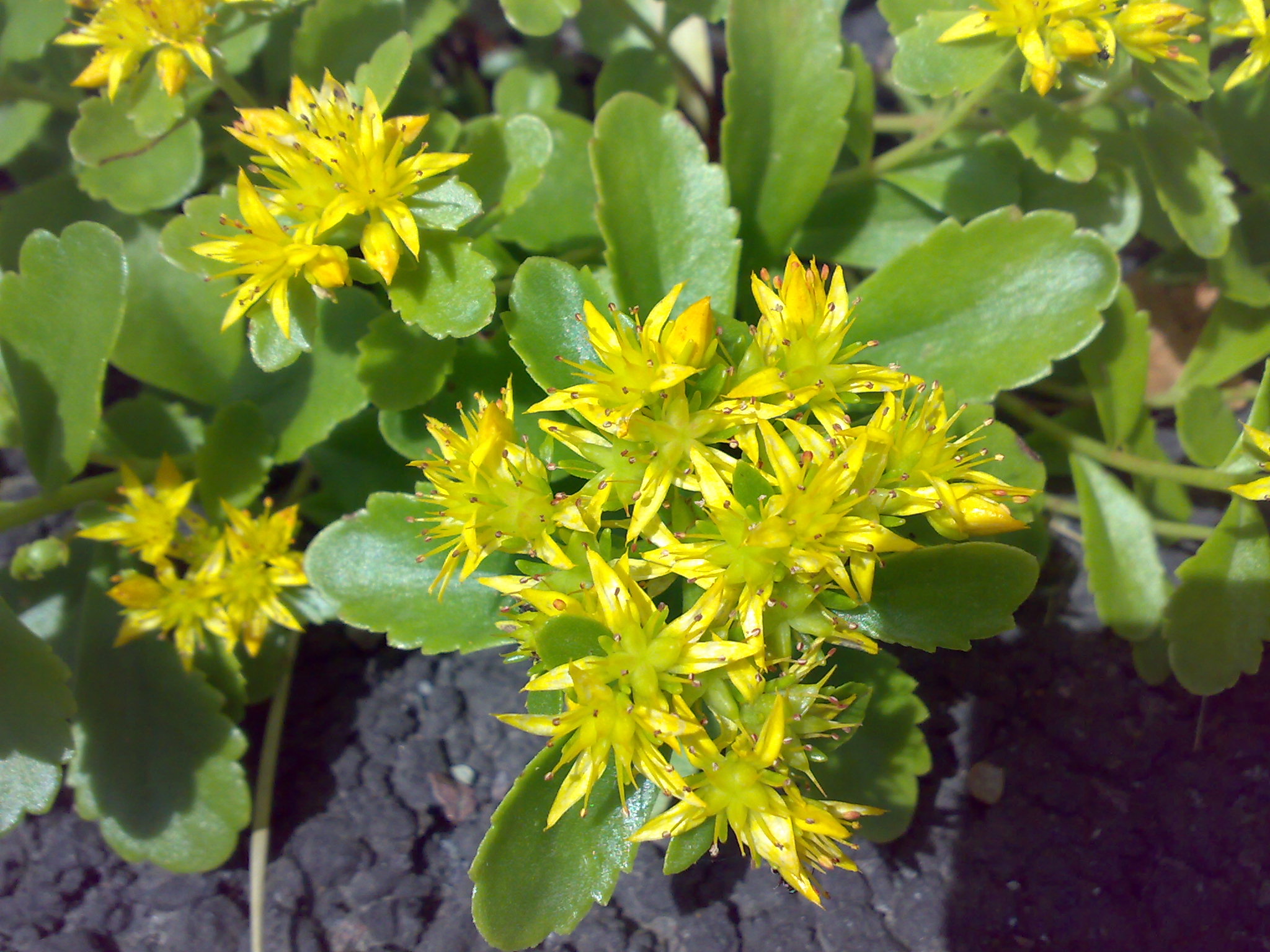Rhodiola rosea

Common Names: Golden Root, Rose Root, Arctic Root, Hong Jing Tian, Rhodiola rosea, Rhodiola, Rosenroot, Crassulaceae, Adaptogen
Latin Name: Rhodiola rosea
Origin: Asia, Europe, North America
Short Introduction
Although originating from high mountain regions, Rhodiola rosea can be cultivated in nearly any environment. It prefers rocky soil but also grows well in large containers or stone troughs with good drainage. Sunny locations are ideal for healthy growth.
Detailed Description
Rhodiola rosea is an exceptional herb renowned for its strengthening and antidepressant effects, traditionally used by people in Scandinavia.
Botanical Information
Rhodiola rosea is a perennial herb whose root system can generate multiple upright stems, each reaching between 5 and 35 centimeters in height. This resilient plant thrives at elevations above 2,000 meters. In many regions, including the Czech Republic, it is the only naturally occurring adaptogen (a plant that enhances resilience to stress).
Origin and Distribution
The entire Crassulaceae family, to which Rhodiola belongs, is found in cold climate regions worldwide. This includes the Arctic, the highlands of Central Asia, the northeastern parts of North America, and alpine regions of Europe such as the Alps, Pyrenees, Carpathians, Nordic countries, and the United Kingdom. Though rare, it can be found globally and is a protected species in several areas (including the Czech Republic).
Usage / Dosage
Rhodiola rosea has a profound effect on mood and mental clarity. Clinical studies have confirmed its positive influence on reducing depression, improving physical and mental well-being, and decreasing fatigue with continuous use over four weeks. Another study highlighted Rhodiola's supportive effects during stressful situations, positively impacting appetite, changes in physical activity, weight gain, and the hormone cycle. Cosmetically, clinical research has shown that it improves skin firmness and elasticity.
A daily dose of 340–680 mg of Rhodiola rosea extract, studied in adults aged 18–70, significantly reduced depression without adverse side effects. In a comparison with MAOI-A antidepressants for mild depressive disorders, Rhodiola was observed to be effective with minimized risk compared to pharmaceutical antidepressants.
Its adaptogenic effect is notable, rivaling even that of ginseng, yet Rhodiola contains no caffeine. It enhances memory and alertness by increasing dopamine levels, supports immune response, and helps regulate plasma sugar levels.
Rhodiola is especially valuable for athletes and in physically or mentally demanding situations, where stress and high energy expenditure are common. It is currently used in endurance sports, as well as in power and combat sports. In some parts of the world, the aerial parts of Rhodiola are consumed as food, commonly added to salads (especially in Asian countries).
In traditional herbal medicine, Rhodiola is used for a wide variety of conditions, from simple fatigue and depression to preventative support for immune deficiencies and cancer. It is also recommended for colds, influenza, and migraines. In Russia and Scandinavia, it has been valued for centuries to help people cope with stressful, harsh climates.
Rhodiola rosea use is not recommended for pregnant or breastfeeding women.
Active Compounds
The root of Rhodiola rosea contains around 140 identified chemical constituents. These include phenolic compounds, rosavin, rosin, rosarin, organic acids, terpenoids, phenolic acids, flavonoids, anthraquinones, and alkaloids, with the concentration of each varying depending on the specific variety. Russian and Bulgarian varieties are known to contain additional compounds like geraniol and myrtenol.
Rhodioloside and tyrosol are thought to be the key bioactive substances. Individually, they do not exhibit medicinal effects, but together with other compounds, provide therapeutic benefits. Rosavins (rosavin, rosarin, and rosin) likely enhance and prolong the effects of other active components. Other compounds such as proanthocyanidins, quercetin, gallic acid, and kaempferol are recognized for their antioxidant capacity and for supporting the herb’s comprehensive effects.
Traditional Dosage
The root is the part most commonly used.
You can prepare a decoction or consume the powdered raw root mixed with liquid. Dosage should be individualized based on both mental and physical condition. Start with a small amount and gradually increase the dose based on personal tolerance and desired effect.
Tincture can be made using 50 grams of finely powdered, well-dried root soaked in 1 liter of 60% ethanol and left to macerate for 10–14 days. Use 20–30 drops in the morning and afternoon for one month.



